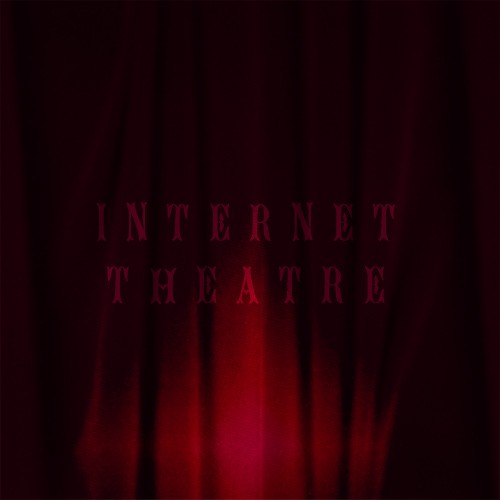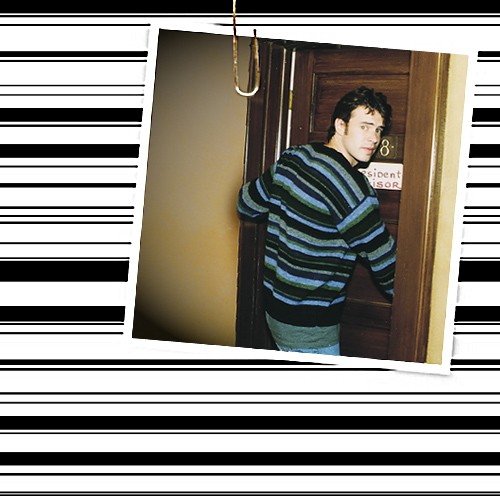
Words, to describe pictures of people who use words and pictures, to describe places and things.
The Situationists were a league of French political artists during the latter 20th century, whose slant on social reform took the form of a surreal post-Dadaist manipulation of word and text. Often, their détournements (diversions) involved the supplanting of common meaning with abstract and subversive meanings of their own, as a statement of social upheaval and reform. The détournements of the late 1960s may now take on an added significance as the worldwide web now begins to pervert itself – an internet we begin to take for granted, which now willfully distorts and subverts – disorienting us as it fetishises commerce, leading us into a greater state of net-complacency. One might ask what would have happened if the Situationists had evolved purely into web designers?
Internet Theatre, (Day For Night shorthand for web situations) is the art of misdirecting an audience while holding court, and tapping into the web’s awesome theatrical potential, by chaining together a suspension of disbelief similar to that thing which film does, and which theatre and television do, too. It’s the representation of image as fact, made even more surprising by its plausibility, through a series of strategic clues.
Example One. Noel Crane is a second-year graphic arts student at the University of New York in Manhattan. He is also resident advisor on the 7th floor of his dormitory and dispenses homespun wisdom to the freshman students. On the side, Noel designs fonts in his spare time and has a webpage, Noelcrane.com to front his desire to establish a career in the graphics biz someday, possibly soon after graduation. More interestingly, though, he has fallen in love with a girl named Felicity Porter who is one of his advisees.
Noel primarily inhabits a television world created by the producers at Imagine Television and Disney Online… This world shared space on Tuesday nights on the Warner Brothers television network as the tv show Felicity. Of course, Noel has no idea how we watch his every move on television, nor does the interactive world he has “created” online indicate any such confidence. In fact, there are no mentions to a television show, or even the girl named Felicity, but only a passing nod here or there. Noel remains blissfully unaware that viewers are writing their pleas to try and wake him from web slumberland.
The creative premise of Noel Crane.com is that, on the surface, it could be the homepage of any young and technically-gifted college student, noodling with web design like a true hobbyist. The site’s primary objective is to reinforce Noel’s brand by defining the walls unseen around his public life – the web browser is a gap between the bricks, wherein a separate dialogue emerges between the show’s creators and viewers.
By presenting a student’s homepage, complete in its virtual idiosyncrasies – as opposed to a sponsored website, self-consciously boasting cross-promotional and merchandising offers – the fans have retained a seemingly personal, private window onto Noel’s world. They will learn more through his tastes and insights. Thereby, omitting any references to the universe created by television, the Felicity listservers and mailgroups also have something interesting to talk about. And in many cases, fans who discovered the site ended up endorsing it with hyperlinks from pages on sites they created themselves to honor the show and its characters.
Noel’s fictitious site experienced a sharp rise in visits over the next weeks, capping just over 43,000 visits during the month of November 1998 when it was first announced – during the course of dialogue, during the show – and many visits came from repeat visitors. It was a fairly auspicious start for a web designer whose work was never registered with search engines or linked to from any other part of the show’s integrated brand experience.
With Internet Theatre, that fourth, proverbial, mythical wall stands intact. It says as much about a show’s presentation as it can become a presentation of the show – all the while observing newer, unusual boundaries for siteworks. For Day For Night, this offered up, with each new project, a laboratory for new experiments in electronic communications and commercial misdirection.
Internet Theatre is guided by a logical process. The characters cannot see the past the edge of the stage.
Perhaps this can be likened to the dedication of method actors when they assume character. Day For Night is at its most passionate when it comes to maintaining a hands-on approach within this level of sitework – where each project can executed by adherence to a logistical script, and in a fully-adopted character or guise.
We measured the success of a project like Noel Crane.com by the bewildering level of positive confusion we can create with it – when a casual visitor can positively cross-reference a universe created on television, from a separate reality existing only on the web.



